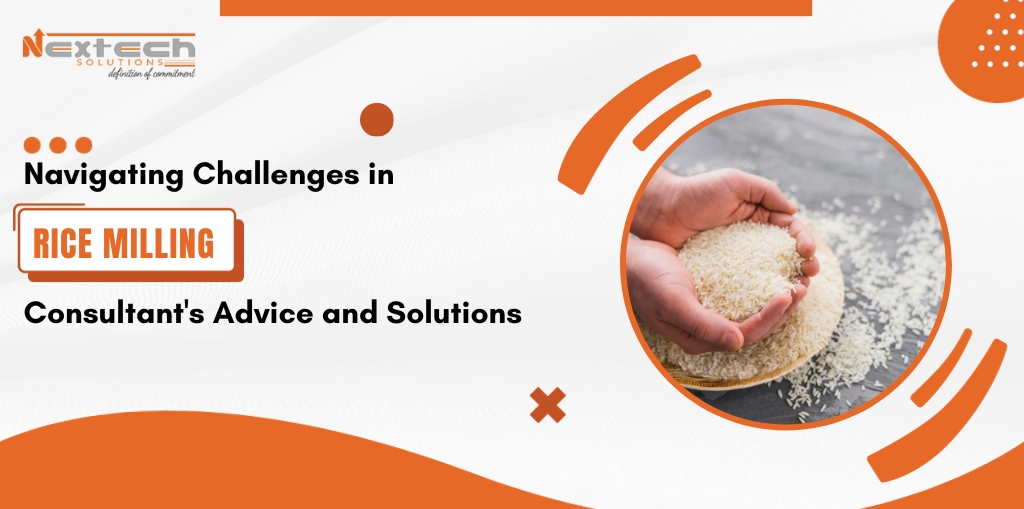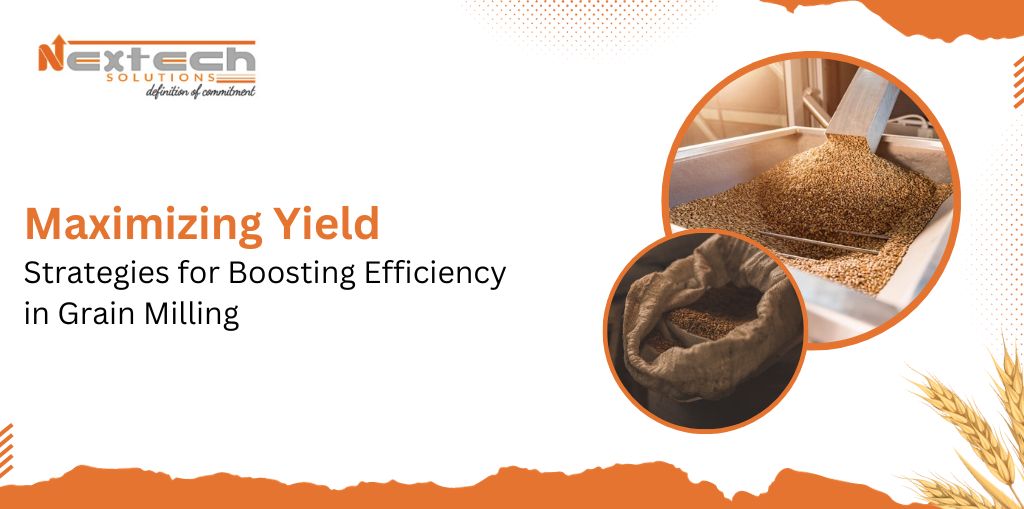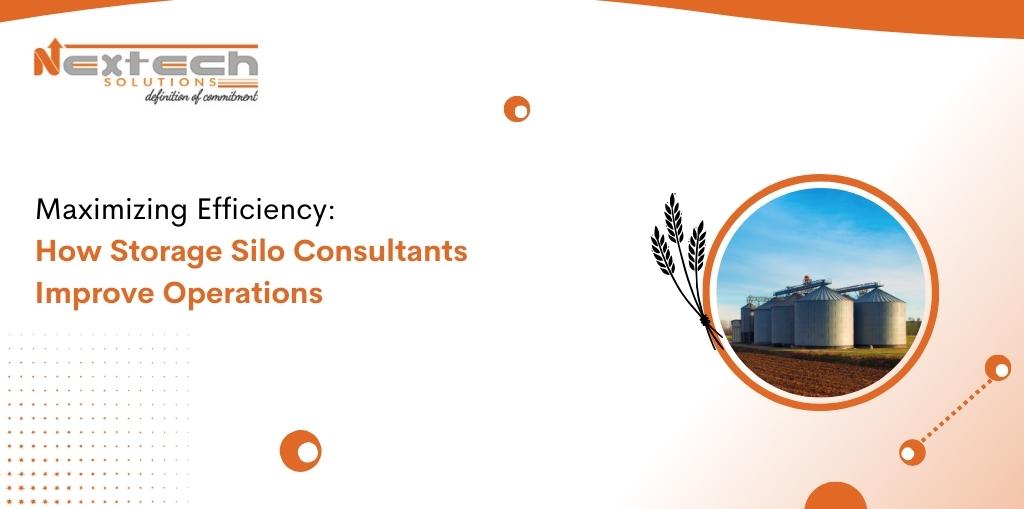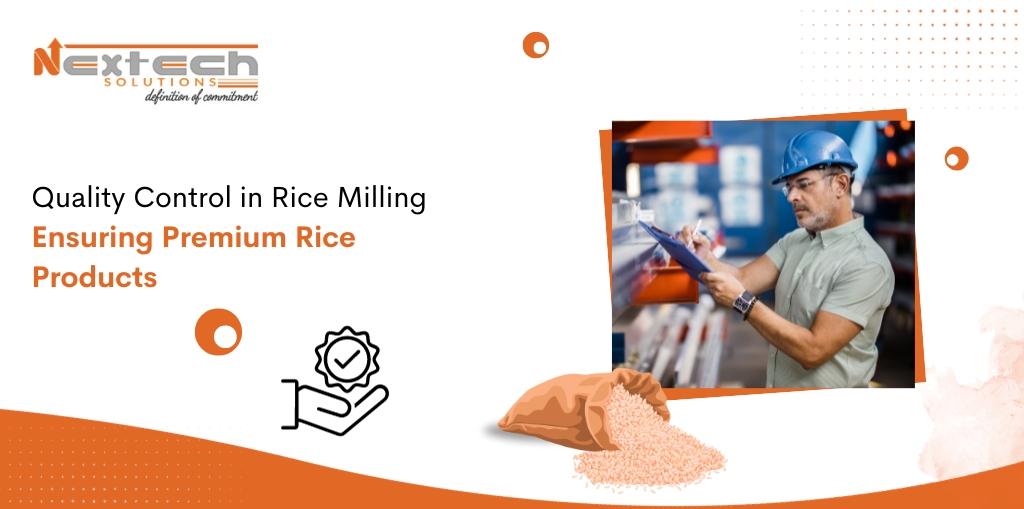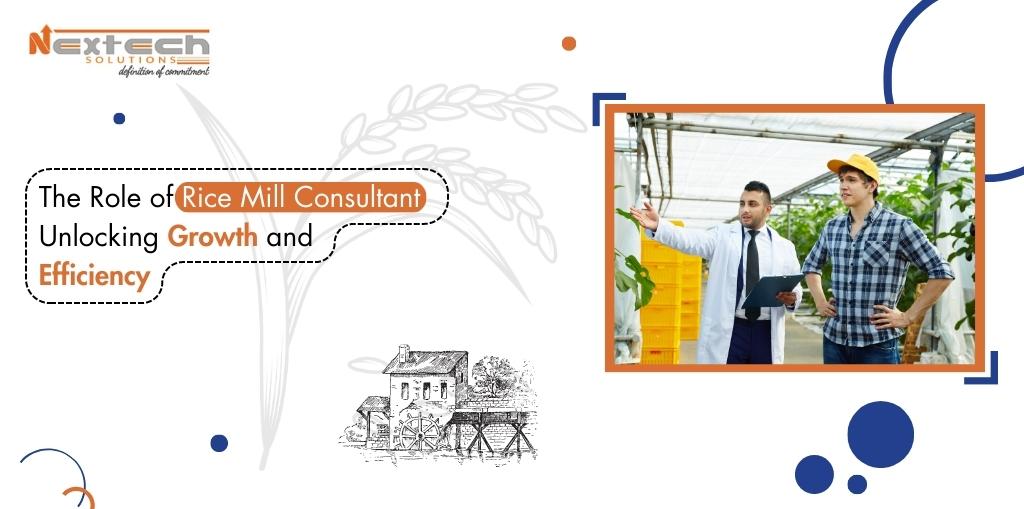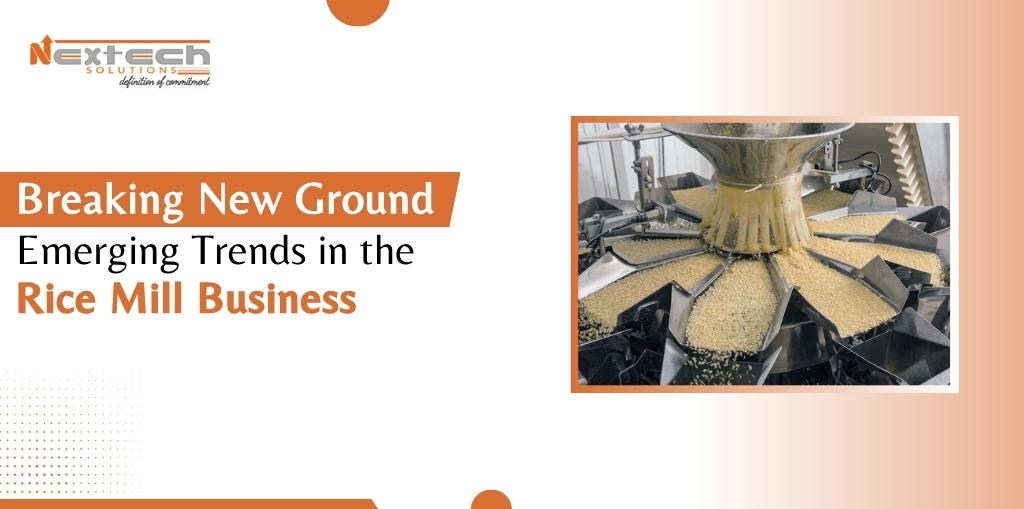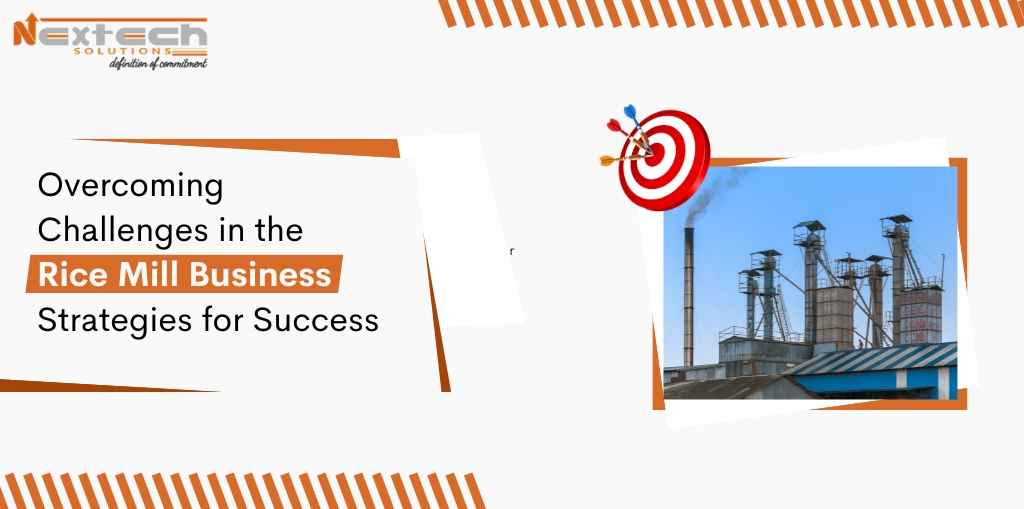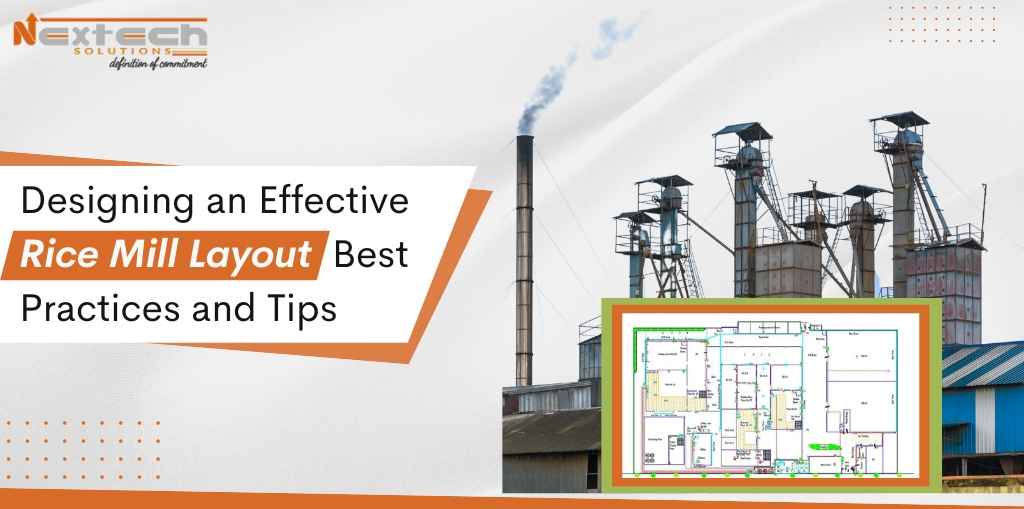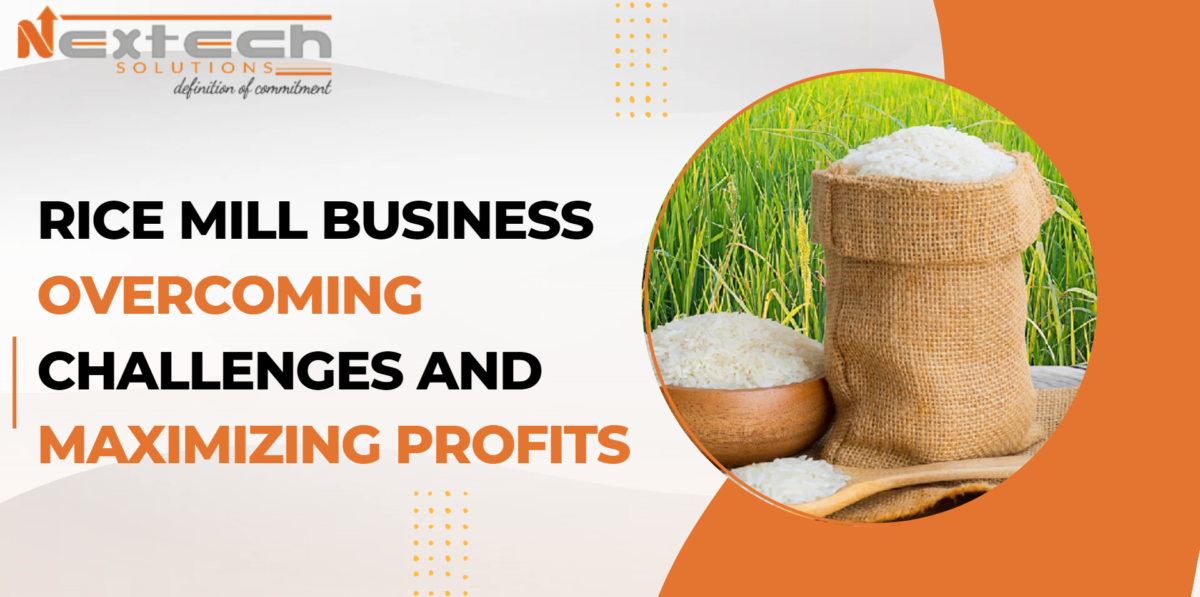Rice is a staple food for millions of people worldwide, and the demand for high-quality rice is ever-increasing. As a result, the rice mill business has become one of the most lucrative businesses globally, with tons of opportunities to maximize profits. However, like in any other business sector, there are challenges that millers face daily. From sourcing raw materials to managing production costs and marketing finished products- it’s not always an easy ride! In this blog post on grain milling solutions and rice mill layout plant, we’ll explore these challenges in detail and offer practical tips on how you can overcome them while maximizing your profits.
The present status of rice milling industry
The rice milling industry is one of the oldest and most established agro-based businesses globally. Rice mill business play a crucial role in ensuring that millions of people worldwide can access high-quality rice at an affordable price. Currently, this industry has been experiencing tremendous growth due to the increased demand for rice products.
However, despite the growth potential, the industry is highly competitive and faces several challenges such as changing consumer preferences and unpredictable weather patterns affecting crop yields.
Additionally, advancements in technology have led to increased competition from large-scale industrial players who offer better production efficiency, economies of scale, and pricing advantages.
To remain competitive in this market segment requires innovation and strategic planning – incorporating modern technologies into traditional processes while maintaining quality standards. A promising development is that customers are becoming more aware of health benefits associated with organic foods which could spur demand for non-GMO or organic alternatives resulting in opportunities for specialty producers within the sector.
The challenges faced by rice millers
The rice milling industry is a vital sector of the agricultural economy. However, rice millers face several challenges that can impact their profitability and sustainability.
One major challenge is the fluctuating price of paddy in the market. The price of paddy is not stable, which makes it difficult for millers to maintain consistent profit margins.
Another challenge faced by rice millers is maintaining quality standards while keeping up with demand. Rice quality can be affected by various factors such as weather conditions, pests and diseases, storage methods and transportation issues.
Moreover, outdated processing technology leads to low efficiency in production and increased operational costs. Inefficient machines also affect product quality since they are unable to remove impurities effectively.
Furthermore, health concerns arising from exposure to dust and other pollutants pose risks for workers working in mills without proper safety measures or equipment.
Lack of access to finance limits investment opportunities for expansion or modernization leading them towards failure eventually.
To overcome these challenges requires strategic planning coupled with innovative solutions tailored specifically towards each issue faced by individual businesses within the industry.
How to overcome these challenges
One effective way to overcome challenges in the rice milling industry is by adopting modern technology. Invest in advanced grain milling solutions that offer automation and precision, enabling you to process larger quantities of rice with minimal errors and wastage.
Another approach is streamlining your operations through efficient rice mill layout planning. This will help optimize the workflow within your facility, leading to increased productivity and reduced operational costs.
Capacity building plays a crucial role as well. Invest time and effort into providing training for your workforce on best practices, safety protocols, and equipment handling techniques. A well-trained team results in improved efficiency and fewer accidents or breakdowns.
Moreover, it’s essential to foster strong relationships with stakeholders such as farmers, suppliers, distributors, and customers. Building trust facilitates better negotiations for raw materials sourcing while ensuring consistent demand from buyers.
Staying informed about trends in the global market allows you to make data-driven decisions on pricing strategies or product diversification offerings—ultimately enhancing overall competitiveness amidst various market dynamics.
Maximizing profits in the rice milling business
Maximizing profits in the rice milling business is a crucial aspect that every rice miller should consider to succeed. One of the best ways to increase your profits as a rice miller is by minimizing waste. You can minimize waste by investing in modern milling equipment and technology that allows you to reduce broken grains during processing.
Another way of maximizing your profits is by diversifying into different products such as by-products like bran, husk, and broken grains. These products can be sold or used for animal feed which will generate additional revenue streams for your business.
Additionally, proper storage techniques are essential since poor storage leads to spoilage of harvested paddy resulting in losses. Investing in efficient and hygienic storage facilities with temperature controls helps preserve quality and quantity, reducing potential loss.
Networking with other players within the industry ensures access to markets both locally and internationally. Expand customer base, ensure stable sales, and increase profitability by tracking market trends and adjusting production accordingly.
Maximizing profits requires an understanding of all aspects within the grain milling solutions industry. Source, process, and sell rice products efficiently, maximizing yield and minimizing waste with modern technologies.
Why choose Nextech
When it comes to the rice milling industry, choosing the right constantly and engineering can make all the difference in many ways. That’s where Nextech comes in.
Nextech is a leading provider of grain milling solutions, including rice mill layout plant design and consultancy services that are customized to meet your specific business needs. With over 14 years of experience in this industry, they have earned a reputation for delivering quality service and exceptional customer service.
Their team of experts has extensive knowledge about modern processing techniques and they use their expertise to provide innovative solutions that help you stay ahead of the competition. They offer state-of-the-art machinery that is designed with precision engineering, ensuring increased efficiency while maintaining product quality.
Nextech stands out by providing ongoing support for long-term client success, even post-installation.
Moreover, Nextech values transparency and honesty when it comes to pricing. We work closely with clients throughout the entire process, from equipment selection to installation, within budget.
Choose Nextech for reliable partnership in overcoming challenges and maximizing profits in the competitive rice milling market.
Conclusion
The rice milling industry may face various challenges, but with proper strategies and solutions in place. It is possible to overcome them. As a business owner in this industry. You can maximize your profits by investing in quality machinery and equipment that will increase efficiency and reduce losses.
Nextech Solutions tailors grain milling solutions to meet the needs of modern-day rice millers. Our team comprises experienced professionals who can guide you on how best to optimize your production processes while minimizing costs.
Partner with us for quality rice mill plant design and implementation, taking your business to new heights. We understand the importance of running a profitable enterprise without compromising on quality standards or product safety.
So why wait? Contact Nextech today for all your rice milling solution requirements. We assure you of utmost professionalism and commitment towards helping transform your vision into reality!
 MAIL US :
MAIL US :
 CALL US :
>
CALL US :
>
